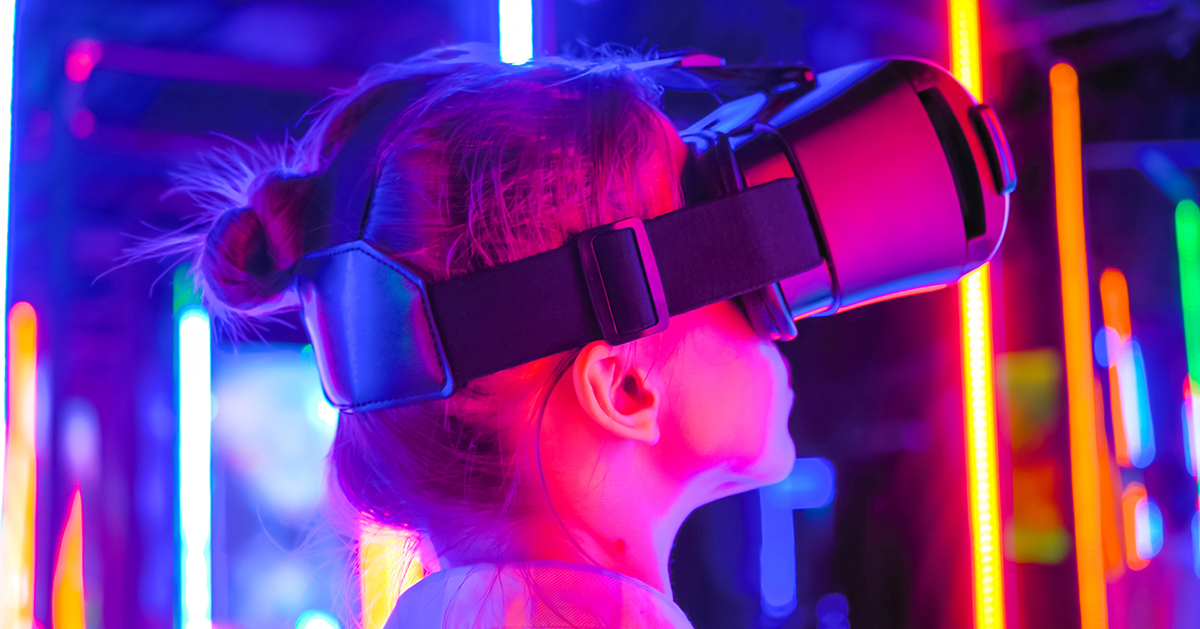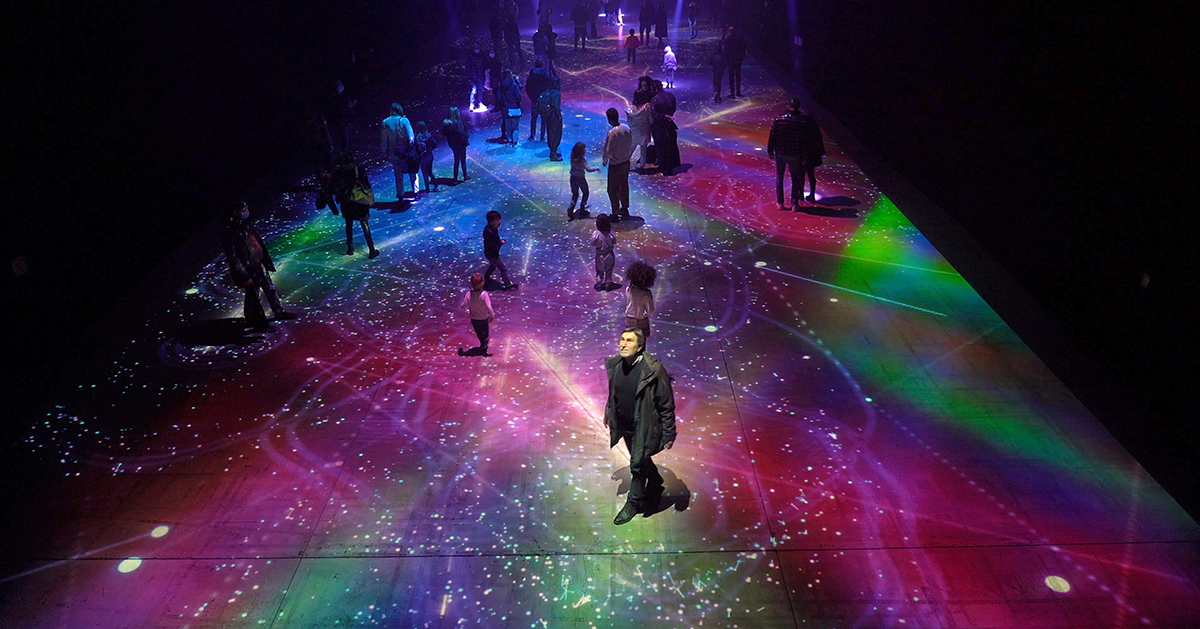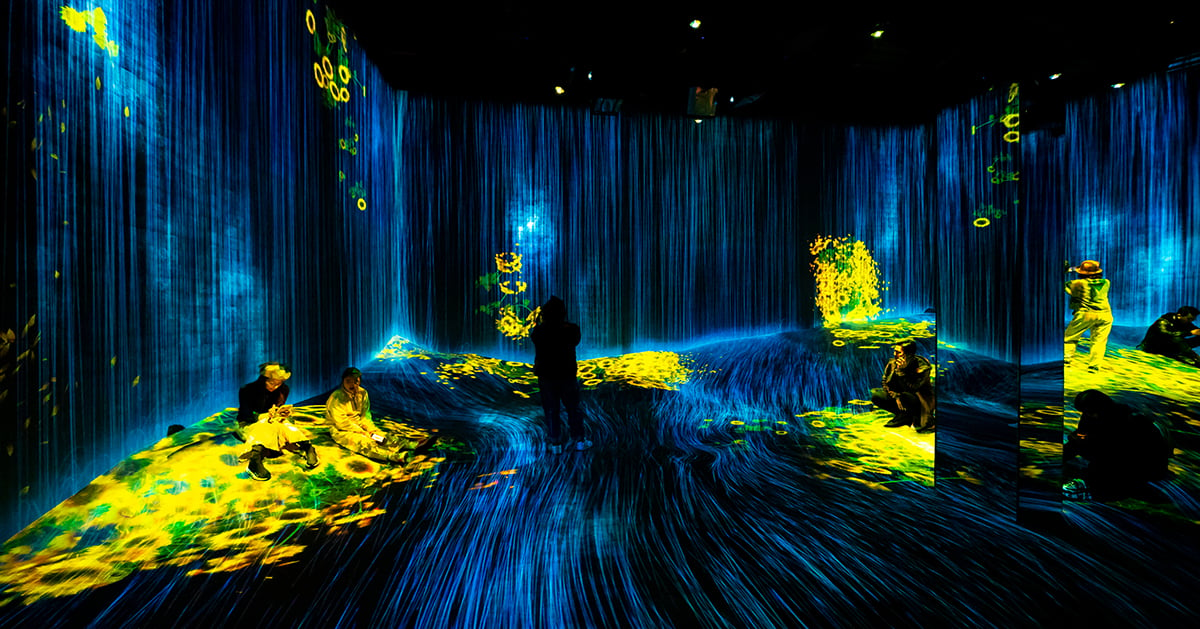
What Do Technology-Rich Immersive Experiences Look?
Consumers have high expectations regarding experiences when visiting location-based entertainment venues. From theme parks to museums to resorts, guests demand more compelling interactions in these spaces. These organizations have been busy building technology-rich immersive experiences. And the results have been exciting for visitors and those who create them.
The big question now is, what’s next? How will technology innovation, trends, and consumer expectations shape the future of immersive installations?
Using Technology in Creative Ways to Transport Guest to New Dimensions
Audiovisual (AV) technology is the foundation of any immersive experience. It enables all the attributes of what defines immersion. These components shape sound, visuals, and interactivity, transporting those in the spaces to something beyond the norm.
Some of the most pivotal ones are:
- Beamforming - This technique allows for precise shaping and steering of beams in two dimensions. That creates sound fields that optimally cover audience areas of any shape or size. It enables precise sound localization, creating realistic and immersive soundscapes.
- Haptic Speakers - This technology delivers a way to “reach out and touch” sound. It offers an intuitive way to provide audio and makes the experience more accessible for the visually impaired.
- Interactive Technology and Displays - This category includes interactive digital signage, wayfinding, tables and video walls, which we cover in a new comprehensive guide. The use of this technology facilitates many aspects of immersive experience. Because they engage the visitor to interact, they amplify the experience. The way users interact with these components is evolving thanks to emerging technologies. Those include infrared (IR), which uses LEDs to recognize gestures. Projected Capacitive Touchscreens (PCAP) improves touch sensitivity and has multi-touch support. Finally, Frustrated Total Internal Reflection (FTIR) captures user pressure against an acrylic screen to deliver content to it.
- Trigger Tech (LIDAR) - LIDAR is a sensing technology that tracks guest motion to augment the experience with interactivity. That tracking leads to triggers, allowing the content to respond to individual movements.
- Projection Mapping - This projection technique turns any object into a display surface for video, no matter the shape. Its application includes complex industrial landscapes, like buildings, small interior objects or theatrical stages.
Immersive Experiences in Action
To understand the future of technology-rich immersive experiences, explore some of these exciting location-based entertainment installations and the AV products used.
SuperBlue is an immersive experience that uses a labyrinth of mirrors that takes visitors to a digital environment where every wall is a door. The venue engages audiences with experiential art, transcending boundaries of perception.
Perplexiplex is the latest MeowWolf space. MeowWolf has been redefining experiential art and storytelling for years, and the newest venue doesn’t disappoint. It’s described as part immersive art experience, part performance venue. It includes a variety of interactive technology, projection mapping and more.
Located in New York, SUMMIT One Vanderbilt is a transformational experience. It includes three exhibits: Air by Kenzo Digital, a 1000-foot-high canvas of mind-bending art that includes opportunities to interact and play, Levitation, an area of glass walls and floors that allows visitors to see the city below them, and Ascent, a thrilling glass elevator ride high above the ground.
The Orbit is an interactive digital experience promoting HBO Max content. It uses facial tracking and voice recognition to share clips from programming in response to user gestures. Our team provided the LEDs and integrations to make content delivery truly innovative.
Illuminarium takes visitors on a one-of-a-kind ride bringing together multi-sensory content in a 30,000 square foot space. It’s VR (virtual reality) without the goggles. The key to the experience is a reprogrammable infrastructure that combines 4K projections and 3D beamforming technology and haptic speakers.
The 3D soundscape is personalized for every guest. LIDAR sensing also tracks guests to add interactivity. There’s even scent technology, ensuring that all senses are engaged. It represents a new horizon for storytelling where guests become part of the story.
The Future of Technology-Rich Immersive Experience
All the examples above represent the possibilities available with creativity and technology. What will the next evolution be? As consumers become more familiar and comfortable with VR and AR (augmented reality) at home, they’ll have greater expectations when they step out into the world.
These are some trends that will likely impact what’s next.
XR and the Metaverse
XR (extended reality) is the umbrella term that includes VR, AR and MR (mixed reality). Metaverse is a network of 3D virtual worlds with social connections. What the metaverse will become is still unclear but often focuses on VR and 3D aspects. When Meta releases its Horizon platform, the possibilities and how they can impact physical spaces will take shape.

The Power of 5G
5G is enabling lots of technological fetes, once not feasible. Its widespread availability should become a reality in the future. Faster data transmission will make XR more seamless. It will lower the barriers of moving into immersive installations.
AI, Machine Learning and Immersion
AI isn’t new, but its role in immersion is quickly becoming more relevant. It’s changing the way guests can perceive and interact in physical spaces. Specifically, machine learning is something to watch. Machine learning indicates the ability for technology to “learn” and improve. That requires data, which technology in immersive experiences can provide. That can include things like how long people spend in areas and how they interact. From this data comes actionable insights that can “improve” the experience based on this “feedback” from guests.
-jpg-1.jpeg)
Personalization of Experiences
Personalizing experiences is also a burgeoning trend. It’s no secret that people engage more when content is curated to them. There’s plenty of data regarding marketing that proves that to be true. Those same principles could apply to immersive venues.
That can begin at the ticket purchase and continue until the person leaves. It involves gathering data about the person to start. That initial information starts to build a profile and an experience. When the person arrives at the attraction, she may receive a special itinerary highlighting things she may find most interesting.

Technology-Rich Immersive Experiences: Ready for What’s Next
We’ll never stop pushing the lines of innovation. Working with location-based entertainment and other partners, we recommend the most advanced AV technology, system integration, engineering and more. We’re ready to take experiences to the next level, delighting visitors and achieving the goals of venues.
Editorial Team
Electrosonic’s Editorial Team is a group of technology experts who bring specialist knowledge and experience to write with insight on all aspects of technology from strategy to blue-sky concepts, human factors and the importance of professional support throughout the life cycle. They bring a true end-to-end perspective on technology in business.










.jpg?width=1500&height=995&name=ELC501_N17_medium%20(1).jpg)


-jpg.jpeg)
![[Take the first step in creating an immersive experience by consulting an experiential technology design expert]](https://no-cache.hubspot.com/cta/default/5104351/9b8d3264-0395-4998-9c79-e4024f742a54.png)







.jpg)

















.jpg)




.jpg)




.jpg)
-png.png)












.jpg)




.jpg)


-(1)_1200x629px.jpg)


.jpg)
.jpg)





-RR.jpg)







.png)




.jpg)





.png)



















%20(1)-es.jpg)
.jpg)








.jpg)

.jpg)





.jpg)



.jpg)















.png)

.png)





























.jpg)
.png)





.png)

.jpg)


.png)






.jpg)
.jpg)


